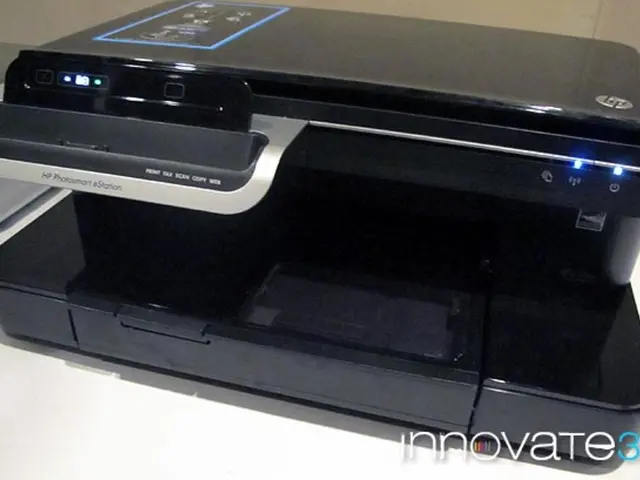Employing Magnet-based Components in Digital Devices
In the realm of computing history, 1955 marked a significant milestone with the introduction of magnetic core technology, not just for data storage but also for implementing logic functions. This groundbreaking development was spearheaded by Robert D. Kodis, Head of Research and Development Section, Computer Dept. at Raytheon Manufacturing Co., Waltham, Mass.
Kodis's work extended the usage of magnetic cores from passive storage into active logic processing. He designed circuits where cores represented and manipulated logical states, enabling computation functions alongside data retention. This innovative approach transformed magnetic cores into switching elements within digital logic circuits.
The magnetic cores were controlled by currents that represented logical signals. The cores' magnetic states influenced the flow of currents in a way that corresponded to logical outputs. This method allowed for the reading and writing of information magnetically and the cascading of logical operations, making core memory an early form of integrated logic-storage technology.
The "Single Line" magnetic core shift register, the basic type of circuit used in the "Single Line" Magnetic Core Logical Element, was particularly useful. It operated over a range of pulse rates and accepted parallel or serial information, making it highly practical for use in buffer memories as large as 10,000 bits.
The range of environmental conditions over which this type of component could operate was also impressive, with good operation possible over the ambient temperature range from -80°C to +85°C. This versatility made magnetic core circuits suitable for various computer functions such as storage, manipulation, control, amplification, regulation, and several minor special applications.
Kodis's work was published in the April 1955 issue of Electronic Design, Vol. 3 No. 4, in an article titled "Magnetic Core Circuits in Computer Functions." The article also discussed the use of magnetic core circuits in internal memories, buffer memories or input-output memory, high-speed logic, and low-speed logic circuits.
Moreover, magnetic core circuits proved to be especially suitable for transferring information from card to tape or tape to printer. They eased the requirements of reading into storage from mechanical contacts and performed code conversion, speed conversion, radix conversion, and format controls.
The promise of unusual reliability and long life of the magnetic core was the motivating factor in most of the new developments using this component. Tube types such as 6AlT5, 5881, and 6293 were being used as drivers for magnetic core logical elements.
In addition, a serial arithmetic unit capable of handling 24 digit binary numbers and sign was built using only 150 magnetic cores, 150 diodes, and 8 vacuum tubes. A binary-to-binary coded decimal converter and binary coded decimal to binary could use 100 cores to convert over 1000 decimal digits per second.
Further advancements in magnetic core logic were documented in a paper titled "Logical and Control Functions Performed with Magnetic Cores" by S. Guterman, R. D. Kodis, and S. Ruhman, published in the Proc. IEEE Vol. 43, No. 3, March, 1955. This paper discussed the use of magnetic core circuits in selection systems, with several laboratories developing saturable transformers, biased cores, and time-pulse sequence gates.
Figure 1 presents a comparison of coincident current core storage in memories of 4000 bits or more, showing its advantage in large, general-purpose storage. Shift register memories, on the other hand, had an initial access time of 0.2 microseconds and a repeated access time of less than 2 microseconds.
In conclusion, the 1955 article by Robert D. Kodis marked a pivotal moment in computing history, expanding the conceptual and practical application of magnetic cores in computing systems. Although the exact technical details or circuit diagrams from Kodis’s article are not available, the general historical knowledge of magnetic core logic innovations from that time provides a clear picture of the impact this technology had on the early development of computers.
Science and technology advancements in the 1950s were significantly influenced by the work of Robert D. Kodis, particularly in the field of magnetic core logic. Kodis's innovative design of magnetic cores extended their usage from passive storage to active logic processing, transforming them into switching elements within digital logic circuits, thereby bridging computation functions with data retention.




